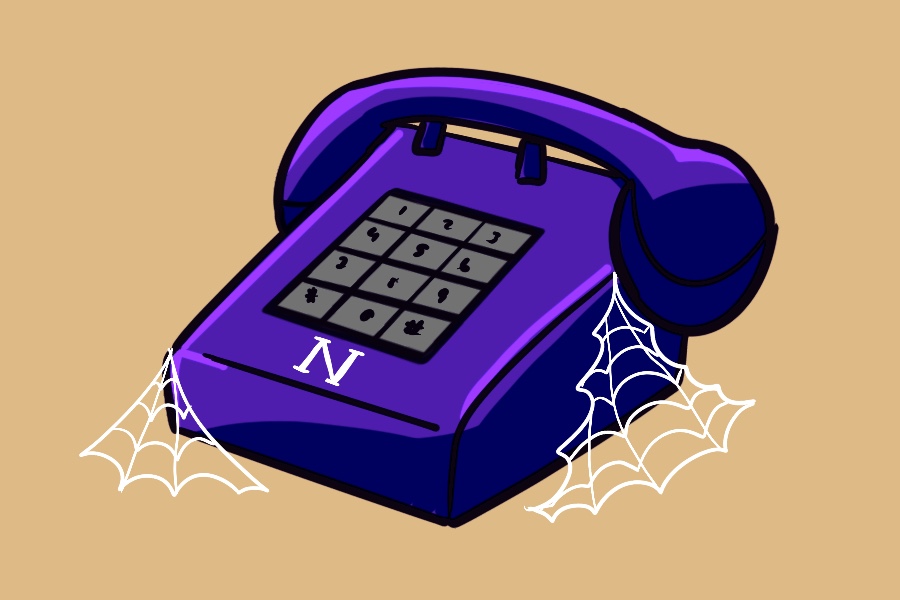Some NU students say COVID-19 quarantine and isolation protocol is unclear
Students have struggled to communicate with Northwestern about COVID-19 quarantine and isolation protocols.
February 3, 2022
When Weinberg junior Michelle Um tested positive for COVID-19 two days after Winter Break, she had to isolate in her off-campus residence with roommates who were negative for the duration of her illness.
Off-campus students have reported poor communication from Northwestern on what to do after testing positive and subsequently recovering. Some have struggled to isolate away from their roommates, while others have felt unsure about University guidelines for returning to campus.
Um had to continue sharing her bathroom and other common facilities with her roommates. She said the experience was difficult because they all wanted to maintain their distance as much as possible.
“The University should provide isolation housing for people who don’t live on campus, especially since a lot of people who live off campus may have roommates, or they may be in a situation where they can’t quarantine by themselves,” Um said. “And if the University deems it necessary for students to not spread COVID, I feel like they should provide housing.”
Medill senior Margo Milanowski said NU did not inform her about quarantine guidelines or isolation protocols after she tested positive on Dec. 31, 2021. After Milanowski tested negative, she said it took the University an additional two weeks to clear her symptom tracker, a delay which briefly restricted her from facilities like the gym and library.
NU’s case management team was inconsistent in communications, Milanowski said. Upon first contact, she said a case manager initially told her someone from the team would follow up with quarantine guidelines, but no one ever did.
“I’ve had other friends who have tested positive after me on campus, and they got the calls with the specific guidelines,” Milanowski said. “No one ever reached out to me, so it was really up in the air about what I was supposed to be doing anyways.”
Milanowski was dog-sitting for a family in Evanston when she tested positive for COVID-19, so she chose to quarantine at the family’s house because they were out of town. Luckily, dog-sitting while positive allowed her to isolate from her seven roommates, she said.
Weinberg freshman Isabel Knight, who lives nearby, tested positive for COVID-19 on Jan. 26, but waited five hours until NU approved her request to leave campus and quarantine at home.
“The website (said) to email COVID case management, so I emailed them and got an automated email back saying to email quarantine housing,” Knight said. “After that, it was a waiting game.”
Knight said she actively avoided on-campus quarantine and made the choice to do so at home after hearing stories from friends and other students about NU’s Quarantine and Isolation housing. Students in 1835 Hinman have raised concerns about having isolation housing roommates and being underfed, among other issues.
Isolating at home has helped Knight’s mental health as she deals with COVID-19. She said doing schoolwork and catching up on classes is much easier at home. There, Knight said she can connect with her family and take a break from NU’s fast-paced culture.
Even with some hidden benefits, Um said she hopes University communication with students improves. She said COVID-19 can be a difficult experience for some people and that NU should treat individual experiences with care.
“They could have better communication with those who tested positive,” Um said. “(They should be) helping those who don’t really necessarily have the means to quarantine students by providing them with housing and meal plans.”
Email: [email protected]
Twitter: @joannah_11
Related Stories:
— Welcome to Hotel Hinman: Students in Quarantine and Isolation share experiences
— Students share reflections on COVID-19 exposure
— Quarantined students adjust to new routines at 1835 Hinman


